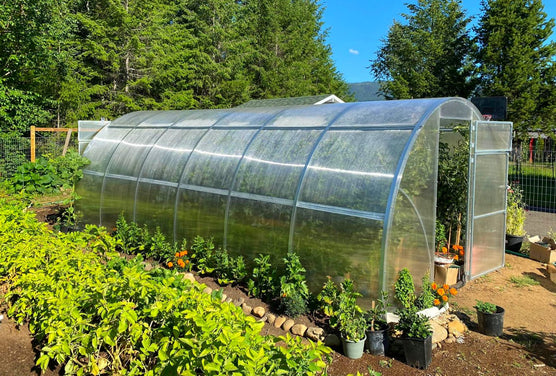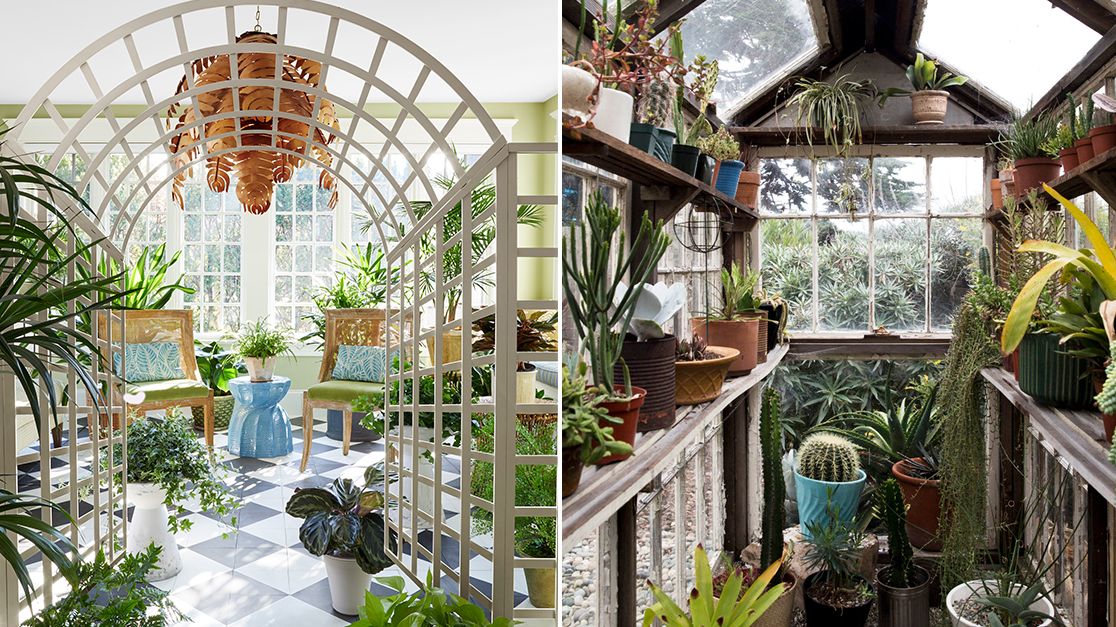Tailored to Perfection: Monarch Custom Greenhouse Utah Craftsmanship
Wiki Article
The Future of Greenhouses: Innovations in Sustainable Agriculture
Are you curious regarding the future of greenhouses and exactly how they are revolutionizing sustainable farming? From innovative climate control systems to vertical farming methods, water-efficient watering techniques, renewable energy integration, and wise information analytics, these innovations are transforming the method we grow our food.Advanced Environment Control Solution
To achieve optimum expanding conditions, you can depend on the improvements in greenhouses with innovative environment control systems. These systems have changed the method we grow plants, supplying a controlled environment that contributes to plant development. With these cutting-edge systems, you can currently control temperature level, moisture, light degrees, and also carbon dioxide focus to develop the ideal problems for your plants to grow.Among the crucial functions of these advanced environment control systems is their ability to regulate temperature. By utilizing sensing units and automated controls, the greenhouse can readjust the temperature level based upon the particular demands of the plants. This guarantees that they are never revealed to severe warmth or chilly, which can be harmful to their growth.
Moisture control is an additional crucial element of these systems. By preserving the ideal humidity levels, you can avoid problems such as mold and mildew, mold, and condition from impacting your crops. These systems can likewise manage the amount of light that gets to the plants, making sure that they obtain the ideal quantity for photosynthesis.
Furthermore, advanced environment control systems can even adjust carbon dioxide concentrations. By increasing the degrees of carbon dioxide in the greenhouse, you can improve plant growth and efficiency. This is specifically useful in locations with low natural carbon dioxide degrees.
Vertical Farming Methods
One vital upright farming method is making use of piled expanding systems. Monarch Greenhouse Utah. These systems include preparing plants in numerous layers, up and down piled on top of each other. By using upright area, farmers can maximize their crop return without needing additional land. Stacked expanding systems are typically made use of in city areas where room is limited.One prominent method is referred to as vertical hydroponics, where plants are expanded in nutrient-rich water without dirt. This strategy is highly reliable as it decreases water usage by up to 90% compared to conventional farming methods. Additionally, since the plants are expanded inside your home, they are safeguarded from illness and pests, lowering the demand for pesticides.
One more method is aeroponics, which involves putting on hold the plant origins in a haze or air setting. This approach enables optimum nutrient absorption and oxygenation, leading to faster growth and greater returns. Aeroponics additionally uses much less water than standard farming and can be executed in vertical systems, making it a prominent option for upright farming.
Water-efficient Irrigation Methods
Taking full advantage of water conservation is crucial when it involves executing water-efficient irrigation approaches in sustainable farming. With worldwide water shortage becoming a pressing issue, it is vital to create ingenious techniques that maximize water usage in greenhouse procedures.One promising technique is drip irrigation, which delivers water straight to the plant roots, minimizing waste and dissipation. By making use of a network of tubes with small emitters, water is used slowly and precisely, making sure that plants obtain the necessary wetness without excess runoff.
One more reliable method is the use of dirt dampness sensors. These gadgets measure the dampness content in the dirt and supply real-time information to farmers. By keeping track of the soil's dampness degrees, farmers can accurately figure out when and how much water to apply, stopping over-irrigation.
Furthermore, the implementation of rain harvesting systems is getting popularity in greenhouse farming. Gathering rain from rooftops and storing it in tanks enables farmers to utilize this all-natural source for irrigation functions, minimizing reliance on traditional water sources.
Lastly, the fostering of automated watering systems can dramatically improve water effectiveness. These systems use sensing units to detect dirt wetness levels and weather, changing irrigation schedules as necessary. By optimizing water usage based on actual plant demands, these systems can decrease water waste and advertise lasting farming techniques.
Renewable Power Integration
Now, allow's look into how you can integrate renewable resource right into your greenhouse procedures for a more lasting future. Renewable resource integration in greenhouses provides several benefits, consisting of lowered operating prices and decreased reliance on non-renewable energy sources. One method to integrate renewable resource is with the installment of photovoltaic panels. These panels are placed on the roofing or surrounding areas of the greenhouse to catch sunlight and convert it into electrical power. The produced power can after that be made use of to run different operations within the greenhouse, such as air flow, illumination, and heating systems. Furthermore, excess energy can be saved in batteries for use during non-sunlight hours. One more method of renewable resource assimilation is the use of wind generators. These wind turbines harness wind power and transform it into electricity, which can be utilized to supplement the power demands of the greenhouse. Incorporating renewable resource resources not just lowers greenhouse gas emissions but likewise advertises sustainability and resilience in your agricultural operations. By embracing eco-friendly power, you can add to a greener future while guaranteeing the long-term feasibility of your greenhouse company.Smart Data Analytics and Automation
To boost the effectiveness of your greenhouse procedures and enhance resource application, take into consideration carrying out smart information analytics and automation. Smart information analytics includes gathering and analyzing information from numerous sensors and gadgets within your greenhouse. By keeping an eye on variables such as temperature level, humidity, light degrees, and soil dampness, you can obtain important understandings right into the health and development of your plants. This information can aid you make educated choices regarding readjusting ecological problems, enhancing watering routines, and avoiding possible concerns before they emerge.
Automation, on the other hand, entails using modern technology to automate jobs that were previously done manually. This can include automating the control of lights, ventilation, irrigation systems, and nutrient delivery. By automating these processes, you can make sure that your plants get the ideal conditions and nutrients at the correct time, without the requirement for continuous hands-on intervention. This not just saves you effort and time yet also minimizes the danger of human error.
In addition, smart information analytics and automation can interact synergistically. The information accumulated by sensing units can be used to educate automatic systems, allowing them to make real-time adjustments based upon the present conditions. This integration of information analytics and automation can lead to more reliable and specific resource allowance, ultimately causing higher returns and better plant quality.
Conclusion
To conclude, the future of greenhouses in sustainable farming looks promising. With sophisticated environment control systems, upright farming strategies, water-efficient irrigation techniques, and sustainable power integration, greenhouses are ending up being a lot more efficient and eco pleasant. Additionally, making use of wise information analytics and automation better improves productivity and decreases waste. These technologies are leading the method for a much more effective and sustainable agricultural sector, making certain a greener and healthier future for all.
By maximizing water use based on actual plant needs, these systems can lower water waste and advertise lasting farming techniques.

Report this wiki page